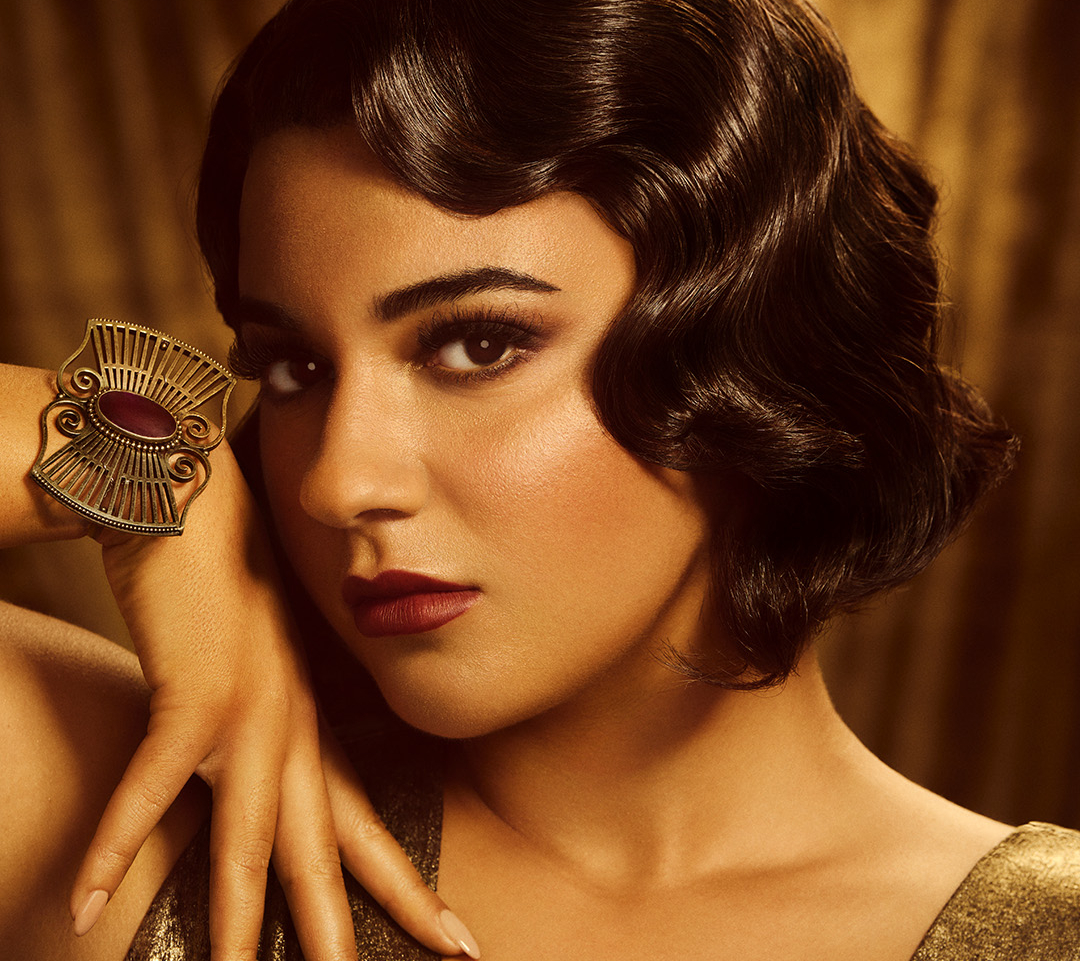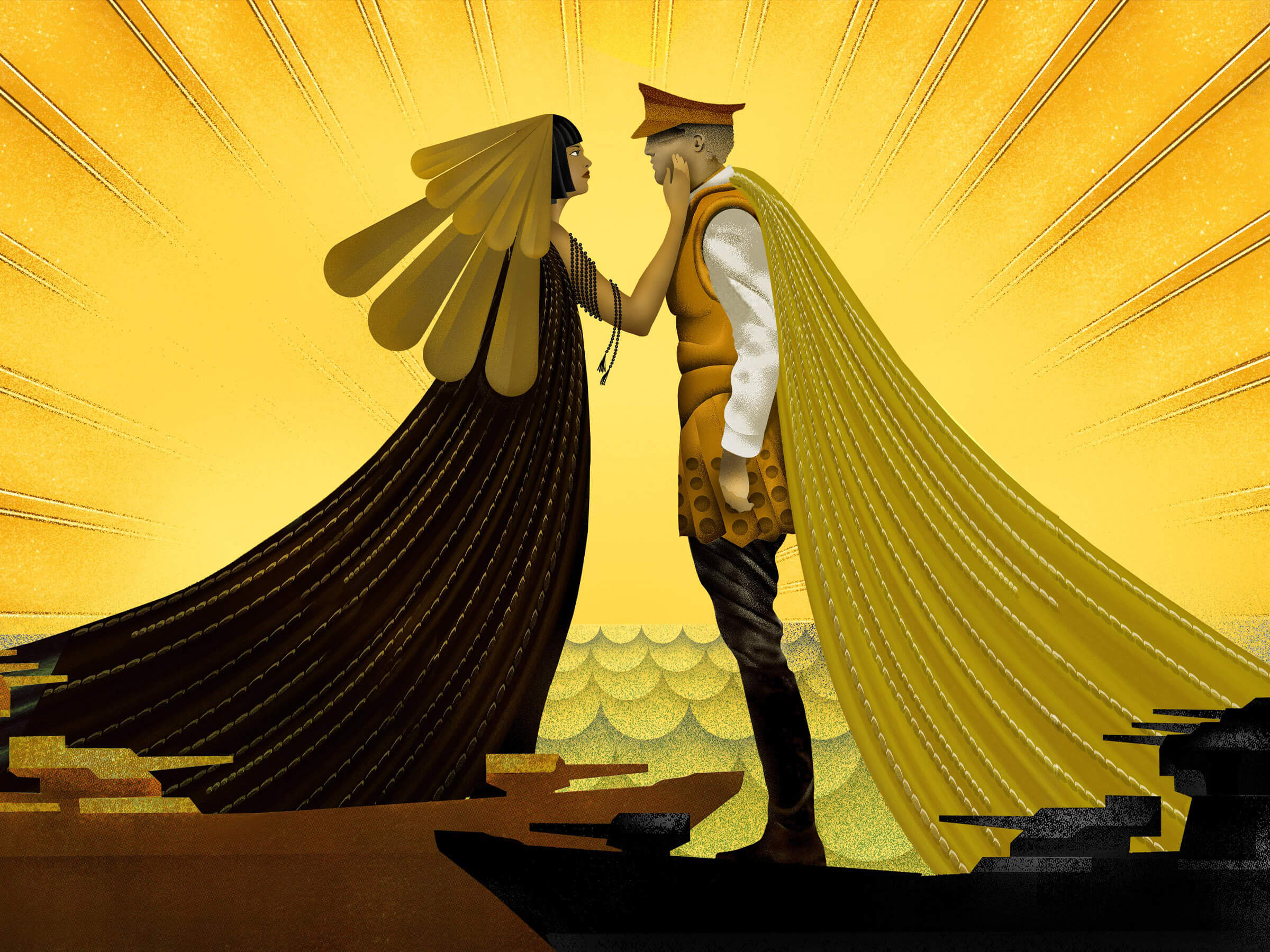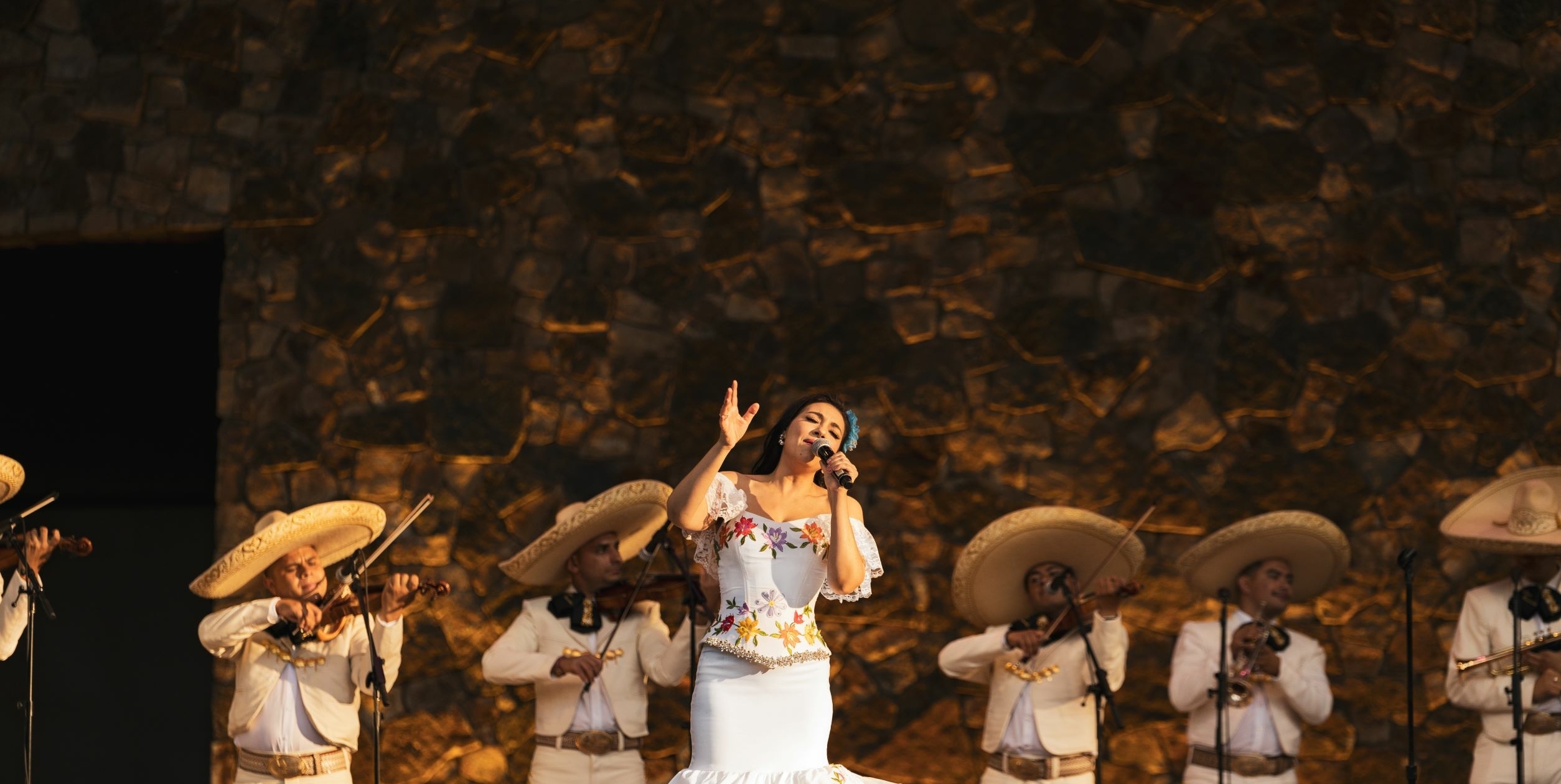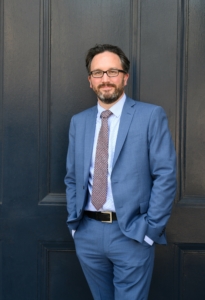
San Francisco Opera is celebrating its hundredth birthday. Though the global pandemic was a somber overture to the centennial season, the company is long on optimism for its second century. We recently chatted with General Director Matthew Shilvock about co-commissioning three new operas and the timeless appeal of big stories. El último sueño de Frida y Diego (The last dream of Frida and Diego) is the grand finale of the centennial season, and imagines Diego Rivera’s trip to the underworld to reunite with his dead wife, Frida Kahlo. In the fall of 2023, SF Opera will present Omar, based on the actual 19th century journal, written in Arabic, of an Islamic scholar abducted from his home in West Africa and enslaved in South Carolina. And several seasons from now, another new opera will be announced—a comic adventure story expanded from one of the great classic novels of Chinese literature.
We discussed with Mr. Shilvock what these works have in common, why they resonate with audiences, and how SF Opera plans to engage the community in experiencing them. As one of the Bay Area’s premier cultural institutions, SF Opera has received support from Koret since 1982—to advance education initiatives, to reach wider audiences through new technology, and to fund new operas and update traditional productions. Opera as an artform continues to evolve, and SF Opera is well positioned to broaden its appeal and relevance for today’s audiences.
KF: Before we talk specifically about the three new works SF Opera has co-commissioned, please tell us how you see new productions—and new audiences—shaping the future of opera?
I’d say that companies are looking for stories that better reflect the totality of their communities. To this end, different alliances are now beginning to form, which is exciting. A piece that might begin life in a small company may quickly be taken up by a large company that sees the potential value of that story for their own stage in their own community. This is something that has changed, coming out of the last few years. We have a much more diverse array of where partnerships are happening. These co-commissions and partnerships essentially come together organically from just having the right kind of conversation.
KF: It seems, well, lyrical, that El último sueño can be part of your centennial season.
I agree. El último sueño is the closing production to our centennial season—a bookend, if you will, to Antony and Cleopatra, composed by John Adams, which opened the season. The “big pause of the pandemic” allowed SF Opera to co-commission the piece. I had been talking to Gabriela Lena Frank, the composer of El último sueño de Frida y Diego, for some time, hoping to find a piece of hers to produce. We knew about this new opera she was working on, but based on the original schedules, it wouldn’t have been possible for us to be part of the co-commission, which was led by San Diego Opera. Gabriela and John are both local composers, which is a nice tie-in. Also, El último sueño is our first opera in Spanish, and it’s our first opera on the main stage written by a female composer. These things are long overdue, but it’s important to celebrate them as the beginnings of a new chapter for the company. By the way, the production will have supertitles in Spanish and in English.
KF: How do you describe the appeal of the “opera experience” and what differentiates it from other dramatic forms?
Fundamentally, opera is about relationships between people. And inherently opera has a “bigness” about it. Opera brings together music and drama and visuals and dance and poetry and all of these art forms, creating a profound fusion. Many operas, whether new productions or classics, work because they have larger-than-life characters on stage expressing larger-than-life emotions. Through the work of the creative team, that emotional connection can be made with us, the audience. We feel ourselves onstage. I think of opera done well as a participatory sport.
KF: Can you tell us a bit more about the participatory aspect of going to the opera and experiencing an emotional connection?
We want people to feel that this building is a part of their cultural experience in the Bay Area—that it’s not something remote, but rather a place where people feel comfortable together. We have to earn that trust with people, inspiring them to walk through the door, and then, once they’re in the door, having an experience that feels authentic. Opera is a very vulnerable experience, it’s participatory. You are putting your emotions on the line, and we are encouraging you to do that. So, we have to create a framework in which people feel welcome to walk through our doors, and have a resonant and vulnerable experience when they are in the house.
KF: In what ways do you hope audiences will “participate” in El último sueño de Frida y Diego?
Far from being an artifice about Frida and Diego’s lives together, this wonderful opera allows us —the audience—to pull ourselves into it. Suddenly it’s us trying to connect with people that we have lost, manifested through these characters. We see this kind of Orpheus journey of somebody trying to connect with their partner who has died, years after she has passed away. Diego is trying to find a connection to Frida, which is done through this sort of metaphysical storytelling. Ideally, whatever is happening onstage is connecting to your personal emotions, your particular story. We will be creating community energy around the production, so that people feel the buildup, the anticipation, before the actual performance. We are planning ways to use the courtyard around the Opera House, to offer experiences that put you in a certain mindset as you come into the building and through the lobby. We’re thinking about mariachi groups outside, and about food and beverage, and other ways to immerse the audience in the story. We want there to be less of a barrier between the inside and the outside, to make sure that the community feels welcome to come into everything we’re doing.
KF: Can you tell us a bit about the storytelling in the other two co-commissioned new productions, Omar and the as-yet-unannounced title?
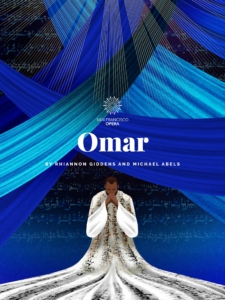
They are indeed both big stories, with two very different origins. Omar is based on a personal story, a diary kept by an enslaved Islamic scholar in the American South in the early 19th century. He learned English, but wrote his diary in Arabic, for safety, and probably for the connection to his homeland and faith. It has so much that we can connect to today. Our yet-to-be-announced Chinese opera on the other hand is adapted from the first chapter of a classic of Chinese literature, a high-action epic tale. The creative team have long felt that a hero figure is very much lacking in the Asian canon. They will introduce audiences to a character who overcomes great adversity, including discrimination, to emerge enlightened, with courage, strength, power—and a great connection with the audience. Both of these works, like El último sueño, will offer audiences an immersive experience as well as emotional engagement. They will connect community to the power of the opera stage to connect art and life.
KF: Now that in-person learning is back and performances are taking place, have you been able to resume your educational programs for local students?
The Dress Rehearsal Program, involving both SF Opera and the Opera Guild, was very robust before the pandemic, and we are in the process now of rebuilding it after the hiatus. It has always been important to us to prepare those attending. So they’re not coming into it cold, they have a sense of what is coming up. I will say that student audiences are far and away the most extraordinary audiences I feel in the Opera House. Even if it’s a challenging, difficult work, children generally get it immediately. They understand an opera at a very emotive level, whereas adults focus on the details—the characters’ names, the plot. School audiences just feel these pieces. We hear the cheers coming from the audience at the end of the dress rehearsals. These are some of the most extraordinary immediate impacts that you feel in the Opera House.
Scene from the world premiere of El último sueño de Frida y Diego, presented at the San Diego Opera. Photo: Karli Cadel.



